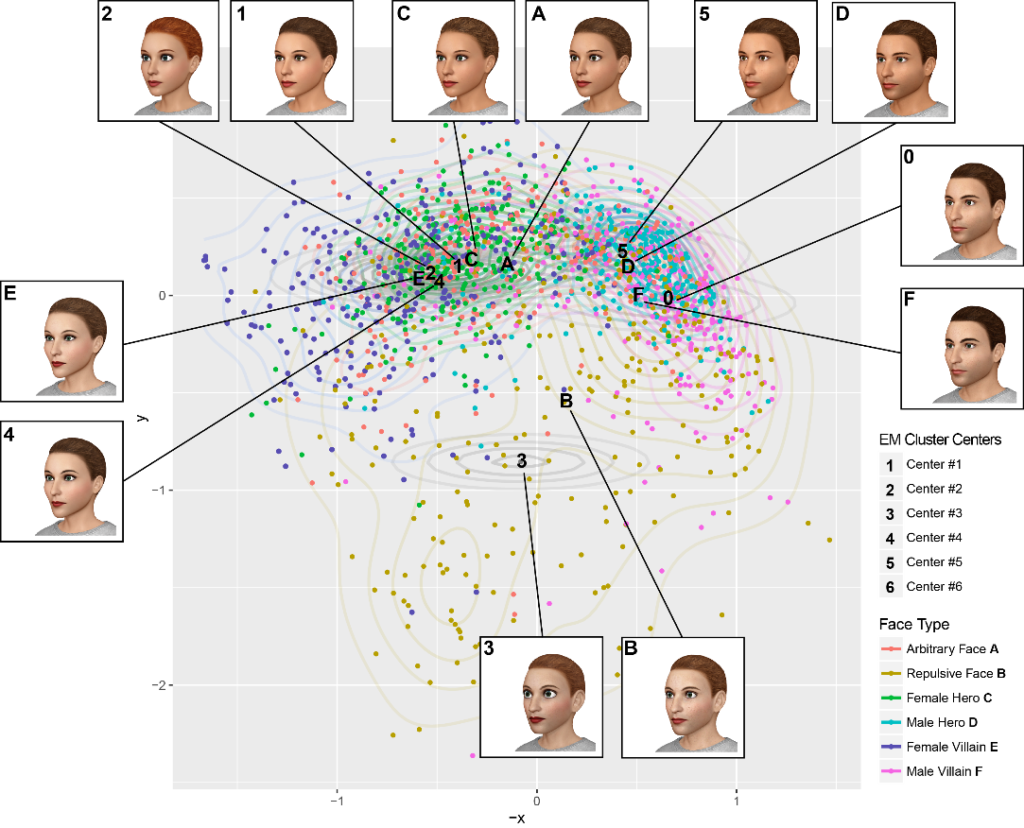With increasing realism of computer graphics and virtual worlds, digital characters look more and more natural. However, the effect of Uncanny Valley, first described in 1970, prevents too realistic human characters from being accepted. In my Ph.D. thesis, I investigate, how the Uncanny Valley affects the user experience in virtual environments and virtual reality and how the effect can be avoided.
Do men and women perceive virtual avatars in a different way?
One aspect of my thesis is self-perception related to realism in virtual reality. One question was whether the perception of realistic avatars in virtual reality has the same effect on men as well as women. Thus, we conducted an experiment with 14 women and 14 men. On the one hand, we found that women were disgusted by a real male avatar in contrast to males using a real female avatar. On the other hand, with abstract avatars, women felt more immersed than men. This suggests that realism has different effects on self-perception of men and women in virtual reality. Thus, VR designers must pay attention to which gender a user has and which level of realism is desired. The results of this work will be presented in May at CHI 2017 in Denver.
How do people create digital characters when having a choice?
Another aspect of my work is to understand how people avoid the effect when having a choice between more or less realism. We collected data in a broad online study to investigate how people design avatars and how they manipulate the European average face. To date, nearly 700 people have participated in the online study at http://facemaker.uvrg.org and created more than 2000 digital faces. Through investigating the created faces, we found that people tend to realistic characters, however, “bridge” potential uncanny effects with very attractive features. Our results show that smooth skin, natural skin tones, and natural human proportions are the most relevant factors to avoid negative feelings. The most important factor was the degree of realism. People avoid too many details in a way that the skin and facial proportions looks smooth and young. In a clustering analysis (see below), we found that negatively associated faces get features that violate human norms. We also gave people the possibility for stylization. However, stylization was rarely used and, when at all, only slightly on female faces, which give them a more youthful look.

Results of this study was already presented at CHI PLAY and is now published as a Springer book titled “FaceMaker—A Procedural Face Generator to Foster Character Design Research“. In the next step, we want to investigate how behavior changes while interacting with such figures. Further studies with chat bot avatars are being planned.

